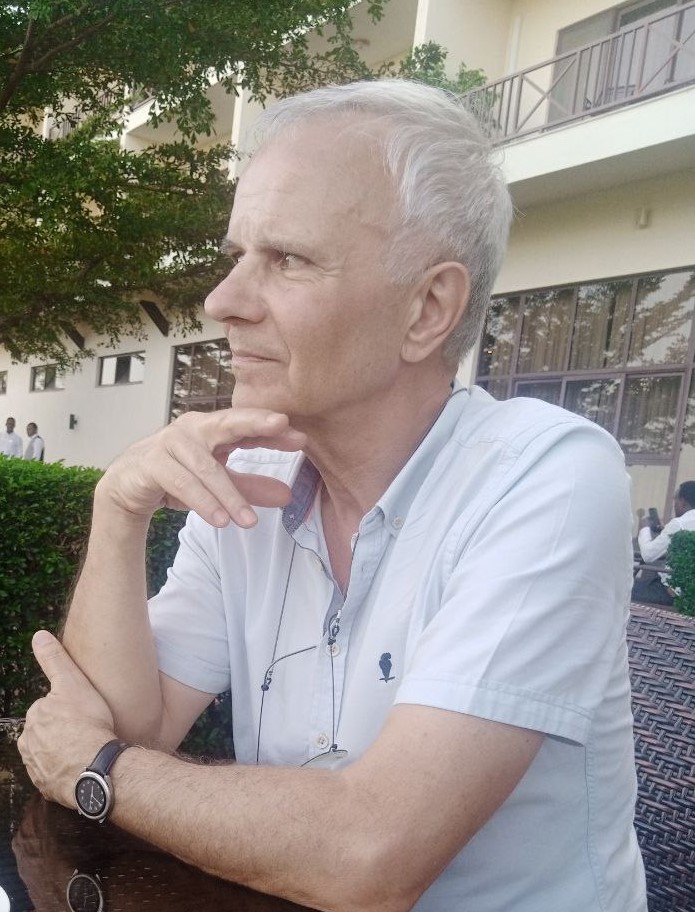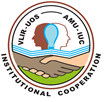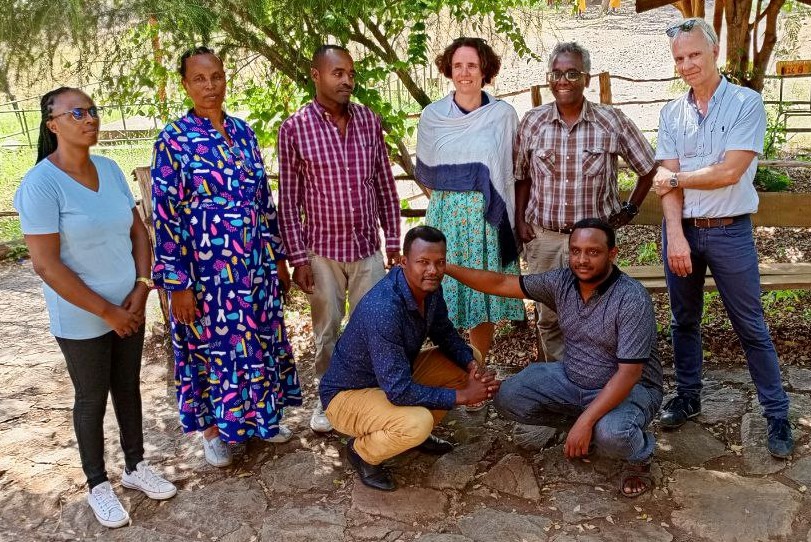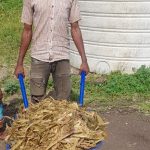Established in 2016, the Institutional University Cooperation (IUC) between Arba Minch University (AMU) and five prominent Belgian universities – KU Leuven, Vrije Universiteit Brussel, Ghent University, University of Antwerp, and Hasselt University – aimed to foster academic exchange and collaborative research. The AMU-IUC has now transitioned into its second phase after successfully concluding the first phase in August 2022.
During the first phase (a.k.a ‘AMU-IUC Program’), the AMU-IUC Program focused on enhancing AMU’s infrastructure and research capabilities – empowering 19 doctoral study outcomes and yielding commendable results in community outreach activities – investing around 31 million Birr.
Now, entering its second phase (a.k.a ‘AMU-IUC Project’) from September 2022 to August 2027, the AMU-IUC Project aims to uphold academic and developmental objectives while introducing new components, including a renewed emphasis on outreach efforts, gender mainstreaming, and LNOB (Leave No One Behind) principle.
During a recent visit to AMU-IUC Project, Prof. Roel Merckx, Flemish Project Coordinator, highlighted the project has continued to make waves with its “remarkable progress and inspiring leadership”. He engaged in critical discussions and field observations of community outreach activities across various sub-projects.
Reflecting on his experiences in Arba Minch, he remarked, “I’m warmly greeted by a highly motivated team from the AMU-IUC Project.”
“… the dedication and enthusiasm of young AMU-IUC Project team and PhD students towards their university is truly impressive.”

Additionally, he observed, “the dedication of the RSP6 team during training sessions in Geresse, Kemele Oro, and other project sites.” Reflecting on his presence, he expressed, “Being here was immensely significant, and witnessing everything progress as planned was deeply gratifying.”
Prof. Roel emphasized the remarkable progress made in the Chamo buffer zone, expressing astonishment at its transformation from barren and arid to lush vegetation within just a year. He highlighted the area’s significance as a sanctuary for migrating bird species, a sight that left a lasting impression on him.
Additionally, he shared insights from the visit to the Forty Springs Forest, where he explored the impact of flooding on the forest and its reliance on remarkably pure underground water for survival. He underscored the importance of protecting Chamo Lake from facing the same fate as Abaya Lake due to inadequate management, noting the potential damage observed during the visit.
Expressing his dismay, a Prof. Roel lamented, “It is disheartening to note that the bridge, which facilitated access to Nechsar Park from the opposite side of Lake Chamo, has been damaged beyond use. We cannot cross the river; we cannot do that walk anymore.”
“It’s a regrettable situation,” he added, reflecting the sentiments shared by many. “What will become of this area in the next 50 or 100 years? How will it survive?” These poignant questions underscore the gravity of the current predicament and the pressing need for proactive measures.
Furthermore, Prof. Roel emphasized that the IUC project represents a small yet meaningful contribution to the current situation. He expressed the aspiration that by training a sufficient number of individuals from AMU, they will be equipped to take on responsibility and play a vital role in managing their own country. Highlighting a sense of optimism, he believes that such efforts will pave the way for positive transformations, ultimately shaping a better future.
In his concluding statement, Prof. Roel underscored the leadership roles assumed by PhD students and their active engagement in diverse activities. He particularly highlighted the significant advancements observed in the laboratory and restoration site within the Chamo Buffer Zone, along with the ongoing projects in Geresse and Kemele Oro. These aspects stood out as the most intriguing highlights of his recent visit, indicating promising developments and impactful contributions toward environmental conservation and community empowerment.



